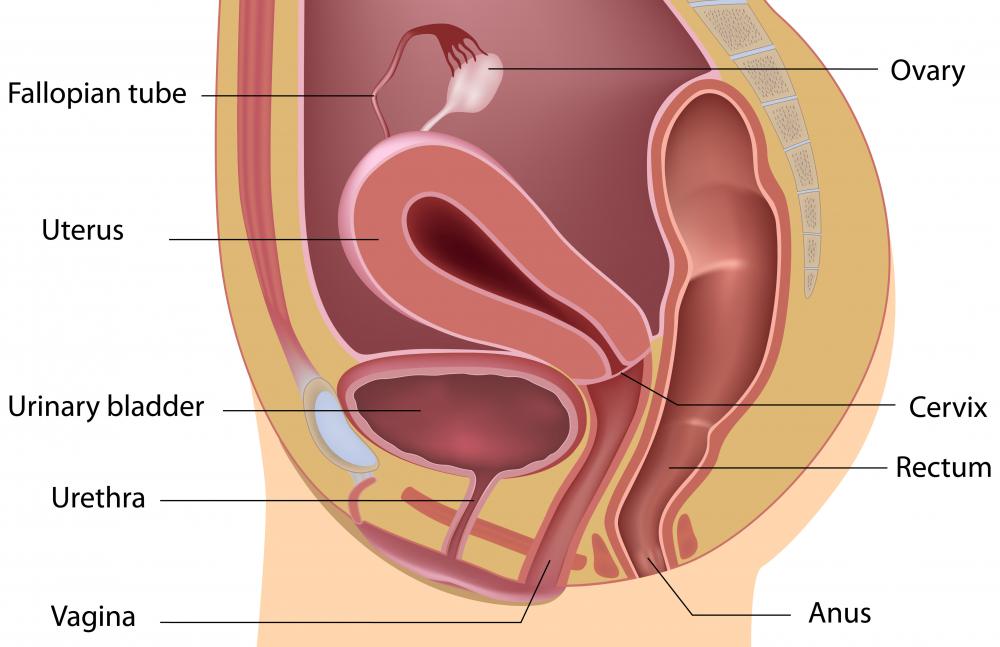At WiseGEEK, we're committed to delivering accurate, trustworthy information. Our expert-authored content is rigorously fact-checked and sourced from credible authorities. Discover how we uphold the highest standards in providing you with reliable knowledge.
What is a Pubovaginal Sling?
A pubovaginal sling is a surgical procedure that helps correct urinary incontinence problems in women. The surgery is performed when medications and less-invasive physical treatments are unsuccessful at relieving symptoms. Basically, the procedure involves grafting a sheet of biotic or synthetic tissue to the lower end of the bladder, which provides extra support to the base of the urethra. Pubovaginal sling procedures have a very high success rate and most women experience full recoveries within about one month.
Stress urinary incontinence is a very common problem among older women whose urethral muscles have been weakened with age. Women who have given birth or engage in strenuous physical activity are also at risk of developing incontinence issues. Accidental leakage typically occurs when there is excess pressure inside the abdomen, such as during a coughing, laughing, or sneezing fit. A woman who experiences stress incontinence should be evaluated by her gynecologist to learn about the benefits of a pubovaginal sling and other treatment measures.

When a doctor decides that a pubovaginal sling is the best option, he or she will explain the procedure in detail to the patient. Depending on the overall health and age of the patient, she may be a candidate for an autologous, cadaveric, or synthetic sling. An autologous sling is made of fascial tissue that is extracted from the patient's lower abdominal muscles via an invasive surgery. Cadaveric slings come from donor tissue, and synthetic slings are composed of mesh material.

Once the fascial tissue is extracted and prepared, the actual pubovaginal sling procedure can begin. The patient is usually given general anesthesia and placed on her back. A small incision is made just above the pubic bone to give the surgeon access to the bladder neck. The sling is inserted into the vagina and situated into place underneath the urethra and bladder neck. The surgeon then manipulates small instruments to suture the two ends of the sling to lower abdominal tissue on either side of the bladder.

A properly placed sling provides support to the bladder neck in a similar fashion to a hammock. When pressure from coughing or running pushes the bladder and urethra down, the pubovaginal sling provides resistance. It keeps the urethral opening tight under pressure and prevents urine leakage.
A woman can expect to spend two to three days in the hospital following the procedure so doctors can monitor recovery and treat surgical wounds. Once she is allowed to go home, she is usually instructed to avoid physical activity for several days and return for a checkup in about one week. A successful procedure heals quickly, and a patient can return to normal activity levels within a month on average.
AS FEATURED ON:
AS FEATURED ON:















Discuss this Article
Post your comments